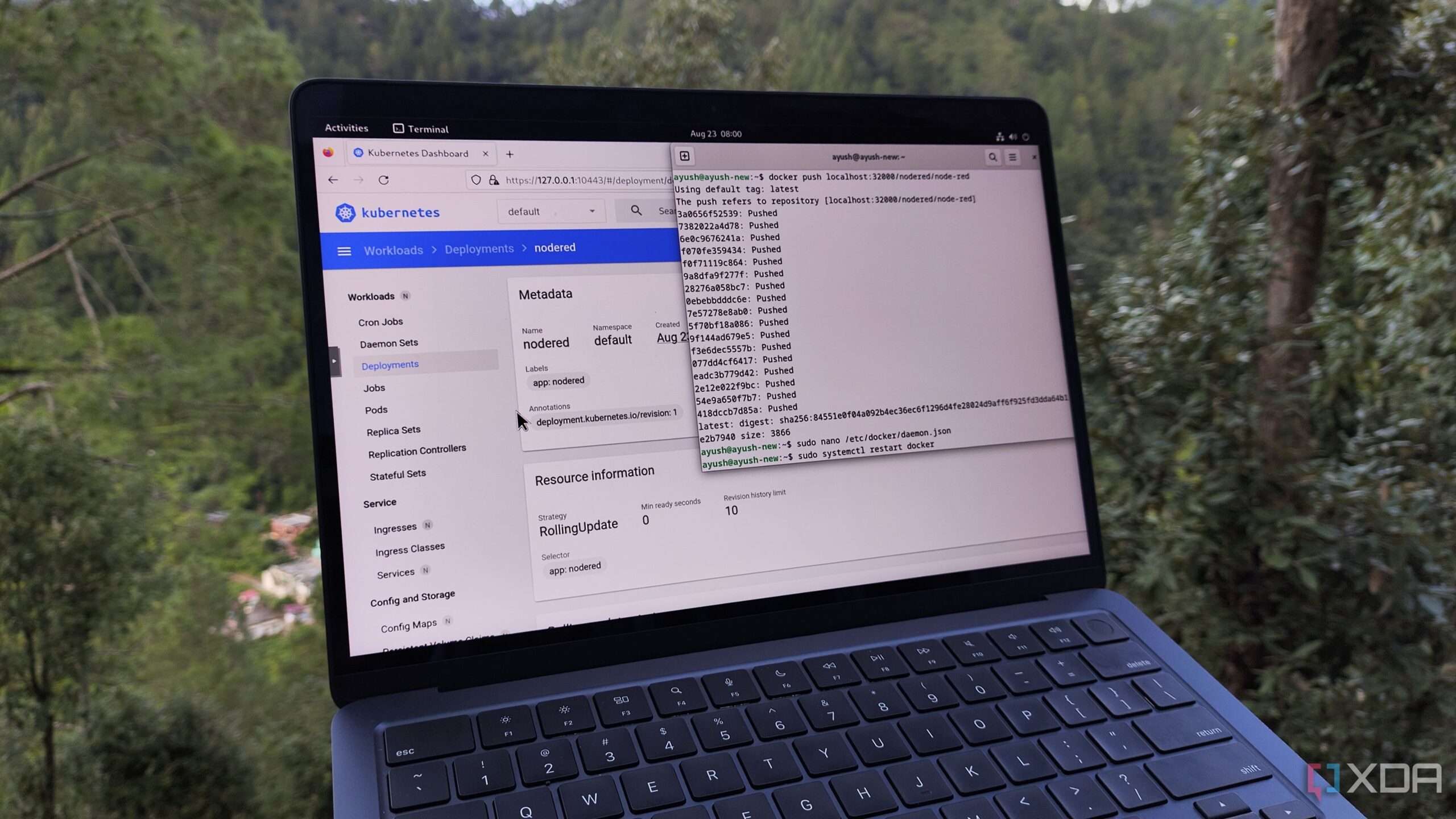As containerization continues to gain traction in the tech landscape, selecting the right distribution for building Kubernetes clusters has become crucial. Kubernetes serves as a powerful container orchestration tool, enabling users to deploy, scale, and manage clusters of containerized applications efficiently. While it may seem complex for casual users, it has proven invaluable for serious home lab enthusiasts and individuals looking to enhance their DevOps skills.
Raspberry Pi OS: A Budget-Friendly Option
Among the various operating systems available, Raspberry Pi OS stands out as a viable choice for those looking to create a low-power Kubernetes cluster. Utilizing a few Raspberry Pi single-board computers (SBCs) and a router, users can set up a modest cluster with minimal investment. The Raspberry Pi OS offers solid pre-installed packages and reliable performance, making it an attractive option.
It is advisable to opt for the command-line interface (CLI) version of Raspberry Pi OS, as a graphical interface may consume unnecessary CPU and memory resources. For optimal operation of MicroK8s on this platform, users should incorporate the flags cgroup_memory=1 and cgroup_enable=memory into the /boot/firmware/cmdline.txt file to enhance functionality.
Harvester and Rancher: An Integrated Solution
Harvester is recognized for its virtualization capabilities, but it also integrates effectively with Rancher tools, which are designed for managing Kubernetes environments. This combination is ideal for those looking to experiment with container orchestration and automation. Users can utilize rancher-vcluster to build a Kubernetes (K3s) cluster and deploy the Rancher management interface within a virtual machine. Alternatively, Rancher’s RKE2 distribution can be deployed on virtual machines hosted through Harvester.
Despite its advantages, the demanding resource requirements for Harvester may limit its effectiveness for running a robust Kubernetes cluster.
Debian: Stability and Compatibility
For those seeking reliability, Debian is one of the most stable Linux distributions available. It is particularly well-suited for running Kubernetes workloads and boasts excellent compatibility with Arm devices. This makes Debian a strong contender for harnessing Kubernetes capabilities on various hardware configurations beyond just Raspberry Pi.
Fedora CoreOS: A Minimalist Approach
Originally developed as CoreOS and later rebranded as Fedora CoreOS after acquisition by Red Hat in 2020, this distribution is tailored for container-heavy workloads. It supports essential tools like Podman, CRI-O, and Docker out-of-the-box, streamlining the setup process. Users can configure their systems through JSON code in the Butane config document, allowing for a customized experience while maintaining system integrity against faulty updates.
Another noteworthy option is Flatcar, a fork of CoreOS that continues its legacy as a minimal distribution, though it may present a learning curve for some users.
Talos Linux: Security and Efficiency
Designed specifically for Kubernetes clusters, Talos Linux prioritizes security and efficiency. By eliminating the traditional shell interface and adopting an API-based setup secured with mutual TLS (mTLS) authentication, Talos provides a hardened environment for container orchestration. Its declarative YAML files facilitate straightforward adjustments to control and worker nodes, allowing Kubernetes to utilize system resources effectively.
While I often rely on Talos Linux, Debian, and Raspberry Pi OS for my Kubernetes setups, other distributions like DietPi and Alpine Linux also merit consideration. DietPi is a minimal distribution that can efficiently transform low-powered SBCs into reliable container hosts, while Alpine Linux offers a lightweight option, though its reliance on the musl library may lead to compatibility concerns.
In conclusion, selecting the right distribution is vital for optimizing Kubernetes cluster performance. From budget-friendly options like Raspberry Pi OS to specialized solutions like Talos Linux, there is a range of choices available to cater to varying needs and skill levels in the realm of container orchestration.
